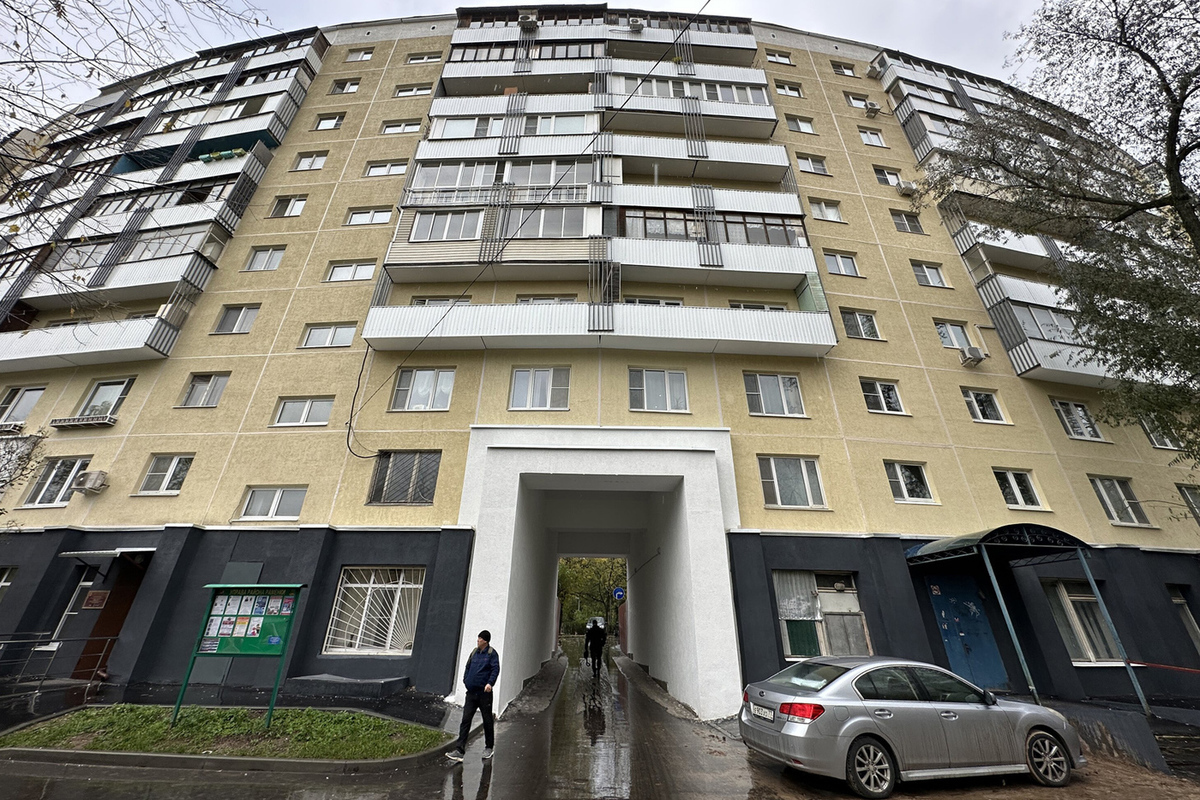Housing on the secondary market will continue to fall in price: you should wait to buy
[ad_1]

Over the past year, the cost per square meter on the secondary market in Moscow has been steadily declining. Mostly – either in prestigious areas (Zamoskvorechye, Presnensky, Tverskoy), or, conversely, on the cheapest outskirts (Zelenogradsky, South-Eastern district). Analysts explained the reasons for this dispersion and gave a general price forecast for the near future.
According to Inkom (excluding the elite segment), the leader in reducing the cost of a square meter since the beginning of 2023 has been Zamoskvorechye. Last January, “resale” in the region cost an average of 503 thousand rubles, but now it is 497 thousand: 1.2% less.
In second place in terms of price drop is the Savelki district (Zelenograd). True, housing here a year ago was, by Moscow standards, already inexpensive: 212 thousand, but now the price has dropped to 210 (minus 1.1%).
The Presnensky district took “Bronze”: it was 508 thousand per square meter, now it is 503 thousand, 1% less.
“It’s difficult to say unequivocally why these particular areas were included in the rating,” says Dmitry Dolgov, general director of the real estate brokerage agency DOLGOV PRO. – However, one cannot help but take into account that the list includes such areas as Tverskoy, Zamoskvorechye, Presnensky, where a fairly large volume of luxury housing is exhibited and which is in high demand.
The forecast for the secondary market is stagnation with the opportunity to “compete” for the price right now, when the discount level has increased slightly (4-5%).
“The forecast for the new buildings market is a continued rise in prices (by 1.5-2% per month) due to the rise in prices of programs that are being developed by developers and banks,” continues Dmitry Dolgov. – To a lesser extent, the increase in the cost of a square meter in new buildings will affect the South-Eastern district of Moscow, where a construction boom has been recorded for several years in a row. During the year, developers will build a very large volume of housing in this district, which may even lead to a reduction in the price per square meter. Developers will have to compete and offer clients the most attractive purchasing conditions.
By the way, the rest of the positions in the top ten (from fourth place and below) were distributed like this.
Tverskoy district: 475 thousand rubles per square meter in 2023, 471 thousand in 2024, minus 0.9%.
Marfino (northeast of Moscow): respectively 286 thousand, 283.4 thousand, minus 0.9%.
Orekhovo-Borisovo Northern (south): 242 thousand, 240 thousand, minus 0.8%.
Krasnoselsky (Central District): 404 thousand, 401 thousand, minus 0.7%.
Filevsky Park (west): 331 thousand, 329.6 thousand, minus 0.5%.
Printers (southeast): 246.4 thousand, 245.1 thousand, minus 0.5%.
Pokrovskoye-Streshnevo (northwest): 238.8 thousand, 237.6 thousand, minus 0.5%.
VSN Group CEO Yana Glazunova says that the list of districts will change in any case. The start of sales of new projects will play a role, which can further reduce the price on the secondary market.
“A decrease in purchasing activity is expected, since many Russians have taken a wait-and-see attitude,” comments Yana Glazunova. – A record drop in prices will not occur, but in some residential complexes it will be possible to observe significant discounts on apartments, especially on illiquid ones – those that the owners have not been able to sell for several years.
“Most of the areas in which prices have decreased are areas of the center and prestigious west of Moscow, where the cost of housing is higher than the city average,” says Oleg Repchenko, head of the Analytical Center “Real Estate Market Indicators”. – In the second half of last year, against the background of a sharp increase in the key rate, rising mortgage prices and inflated housing prices, demand began to flow away from the center, where, under the current conditions, buyers could choose a relatively spacious and affordable apartment according to their budget. The districts of Zelenograd are remote areas, the demand for which is traditionally lower.
– Oleg, how might the situation change after July 1, when the preferential mortgage program ends?
– Much will depend on the pricing policy of the developers. If mortgage rates in the primary market become equal to the secondary market, part of the demand will flow into finished apartments, which cost up to 30% less than new buildings. But there is no need to talk about a catastrophic drop in demand for new buildings or a mass exodus of buyers to the secondary market after the abolition of preferential mortgages, since there remains one more state program that supports sales well – “Family Mortgage”.
– Give a general price forecast for the near future – for one to two months.
– The secondary housing market is expecting a price reduction. Over the past four months, the rate of growth in the cost of housing in the old stock has been slowing down after growing against the backdrop of the rush at the end of the summer – beginning of the fall of last year. In January, the increase in the cost of a meter in “old” Moscow was completely residual. Private sellers are gradually getting used to the new reality. And, probably, prices will continue to slide down in the spring.
[ad_2]
Source link






